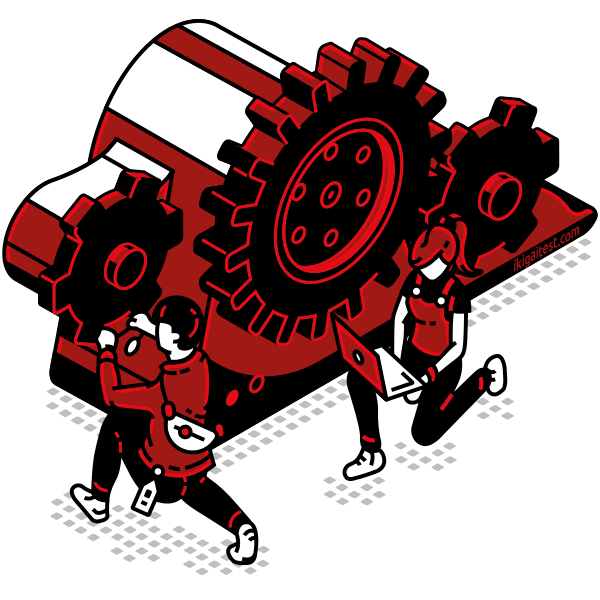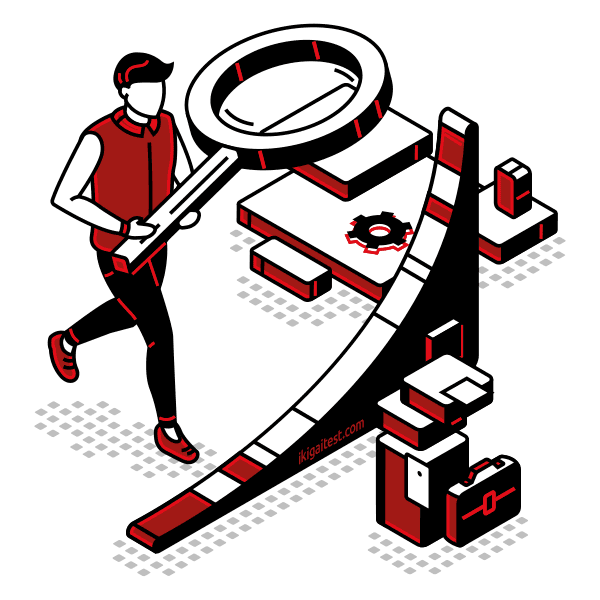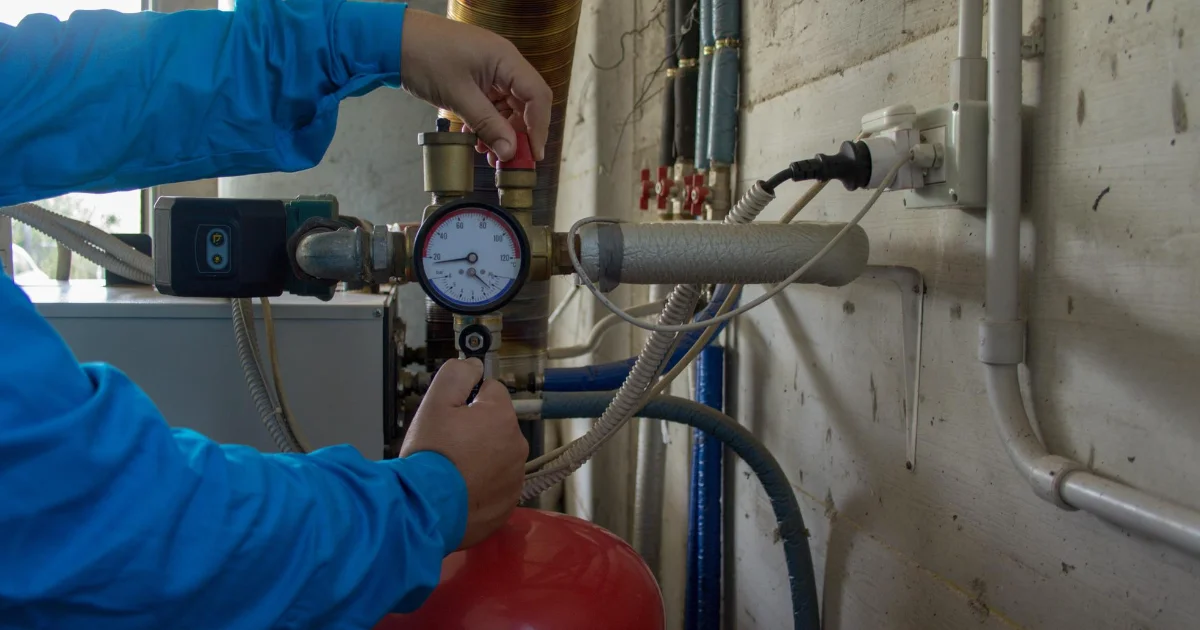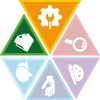Technician

Technicians will often be asked these tasks:
- Providing documentation, detailed instructions, drawings, or specifications to tell others about how devices, parts, equipment, or structures are to be fabricated, constructed, assembled, modified, maintained, or used.
- Using computers and computer systems (including hardware and software) to program, write software, set up functions, enter data, or process information.
- Servicing, repairing, calibrating, regulating, fine-tuning, or testing machines, devices, and equipment that operate primarily on the basis of electrical or electronic (not mechanical) principles.
Inspector

Inspectors should be great at:
- Estimating sizes, distances, and quantities; or determining time, costs, resources, or materials needed to perform a work activity.
- Observing, receiving, and otherwise obtaining information from all relevant sources.
- Identifying information by categorizing, estimating, recognizing differences or similarities, and detecting changes in circumstances or events.
- Inspecting equipment, structures, or materials to identify the cause of errors or other problems or defects.
Other work activities related to Control and valve installers and repairers, except mechanical door
- Turning meters on or off to establishing or closing service.
- Turning valves to allow measured amounts of air or gas to pass through meters at specified flow rates.
- Reporting hazardous field situations and damaged or missing meters.
- Recording meter readings and installation data on meter cards, working orders, or field service orders, or entering data into hand held computers.
- Connecting regulators to the testing stands, and turning knobs for adjustments until the gauges are indicating that inlet and outlet pressures meet specifications.
- Disassembling and repairing mechanical controlling devices or valves, such as regulators, thermostats, or hydrants, using power tools, hand tools, and cutting torches.
- Recording maintenance information, including testing results, material usage, and repairs made.
- Lubricating wearing surfaces of mechanical parts, using oils or other lubricants.
- Testing valves and regulators for leaks and accurate temperature and pressure settings, using precision testing equipment.







